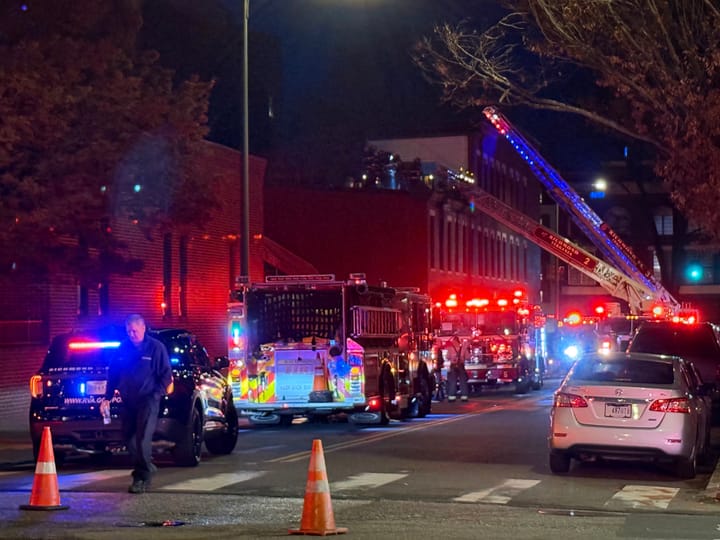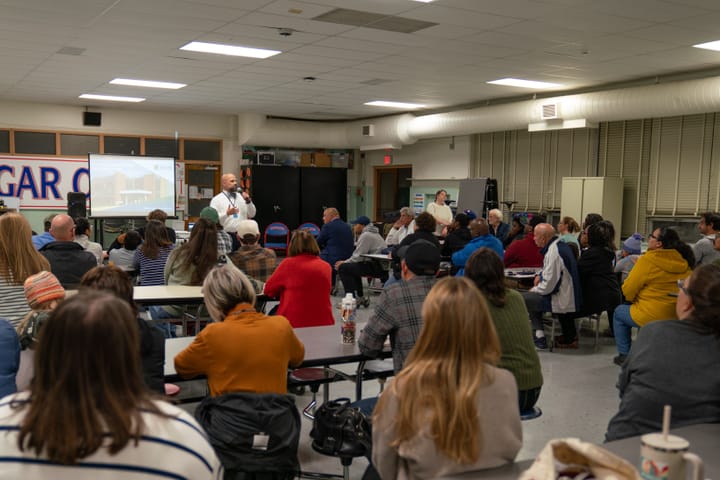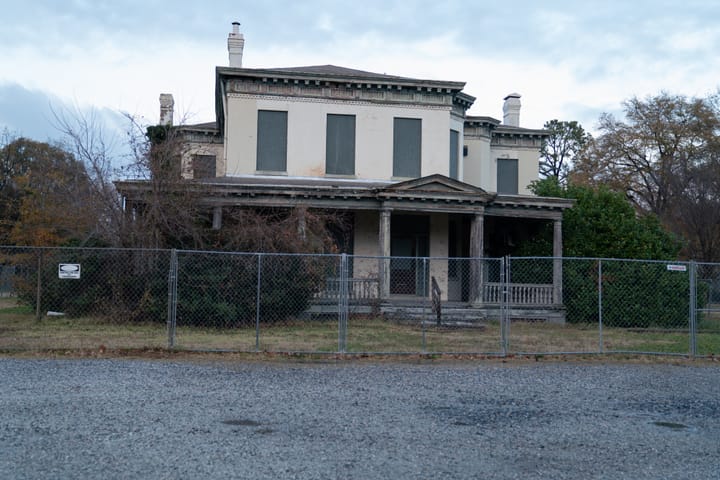New rules aim to simplify development review process in Richmond

Developers hoping to get projects off the ground in Richmond may have a smoother road ahead come next month.
Richmond long has “had a bad reputation as a place to do development,” said Planning Department Director Kevin Vonck. The perception was that “it was tougher to do things in Richmond when you compared it to Henrico and Chesterfield.”
On July 1, however, a new city ordinance will go into effect that lays out clearer criteria for when developers have to submit a site plan to the city for review and what exactly that evaluation process will look like.
While the average Richmonder may go to their grave never having submitted a site plan to the city — they aren’t required for single or two-family homes — the changes could still have big implications by making it easier and therefore cheaper for developers to build new homes.
“As things can come through more quickly, they can get online more quickly,” said Vonck.
That desire to see shovels in the ground also helped spur a change in state law that will go into effect the same day and will shorten the amount of time local officials can take to review site plans.
“We have a housing crisis in Virginia. A big part of that is a lack of supply and the high costs of doing the development,” the bill’s patron, Del. Marcus Simon, D-Falls Church, told a General Assembly committee this February. “This is designed to speed that piece along to increase the supply and also make it less expensive to get through the process. … Time is money.”
‘Buckshot throughout the zoning ordinance’
Site plans, previously known in the city as plans of development, are the detailed set of maps and information that developers draw up for a project showing everything from building footprints to where utilities will connect, how people and cars will access the property and what easements might exist.
More technical than applications for zoning changes and special use permits, site plans have to be reviewed by multiple city agencies like the Department of Public Utilities and Department of Public Works to make sure the development can actually work in a practical sense and won’t violate any local rules.
Over the years, however, the city built up a patchwork of rules for when site plans were required.
“It was just like buckshot throughout the zoning ordinance,” said Vonck. “It was like, ‘Well, if you’re doing a retail use here, you don’t need one, but if you’re doing it here, you do need one.’” In some districts, including Monroe Ward, they were required for everything. Elsewhere, not so much.
Review times were also an issue. Although reviews were supposed to take about 15 days, Planning Department data shows they were taking more than a month on average around 2020, with some departments routinely taking more than 40 days. (Those times have since dropped significantly, with an average review time of 13 days in 2024.)
Confusion over how site plan and permit reviews fit together played a role as well: Some agencies were giving site plans more cursory looks and reserving their in-depth evaluations for the permitting stage, resulting in late surprises for developers who thought everything was on track. Sometimes developers didn’t give planners adequate information. And occasionally different departments were giving builders conflicting recommendations.
“We’re still seeing instances of competing comments making their way to us,” Mark Baker, a former city planner who now assists developers with navigating Richmond’s approval process, told the Planning Commission earlier this month. “When they come in on the third round, that’s a problem.”
A streamlined approach
All those problems are intended to be fixed under the new site plan ordinance, which City Council passed in December.
Starting July 1, developers will only be required to get a site plan approved in four circumstances:
- If they are disturbing more than 4,000 square feet of land (or more than 2,500 square feet in an area protected under the state’s Chesapeake Bay Preservation Act)
- If they are making major changes to the public right-of-way or public utilities, including adding curb cuts or significantly altering infrastructure that has to be connected to the parcel
- If the project will result in a 10% or greater increase in parking or include features like drive-throughs, fuel pumps or charging stations that will significantly increase vehicle traffic
- If they are increasing the “usable space” of any structure by 2,500 square feet or more
While those new “filters” should resolve a lot of confusion, Vonck said the process going forward will also require all departments to do their in-depth evaluations during the site plan process and will focus on better distinguishing between what is legally required and what is just a recommendation that the developer can choose to accept or reject.
The aim, he told the Planning Commission, is to make it clearer “by what rules we are playing.”
“You’re still allowed to not approve, but the only reason for disapproval is based on it violat[ing] an ordinance or it violat[ing] a code,” he said. And, he continued, if the same recommendations and issues keep surfacing during reviews but aren’t legally required, “then we should codify it.”
Contact Reporter Sarah Vogelsong at svogelsong@richmonder.org






